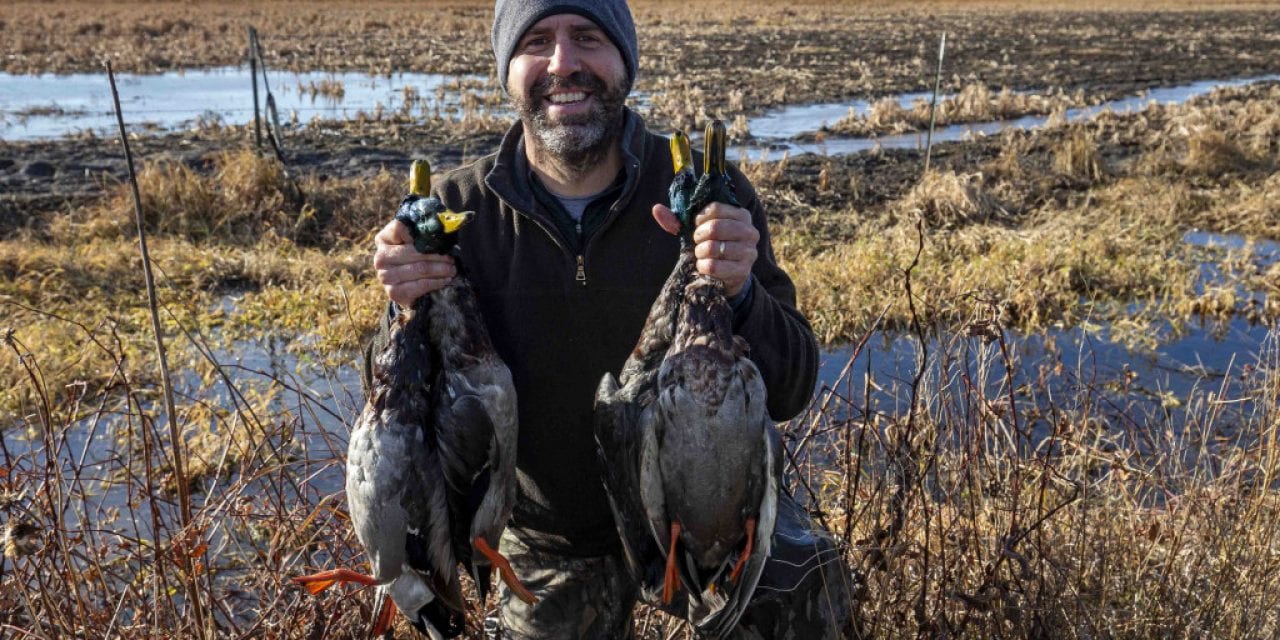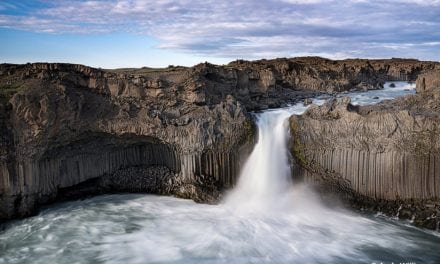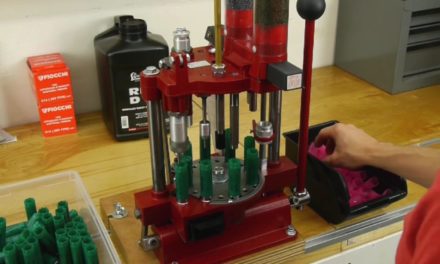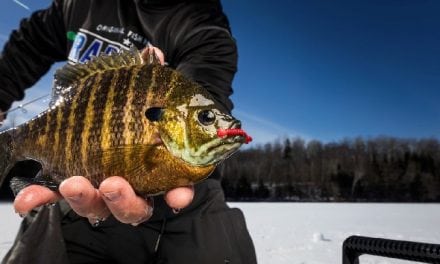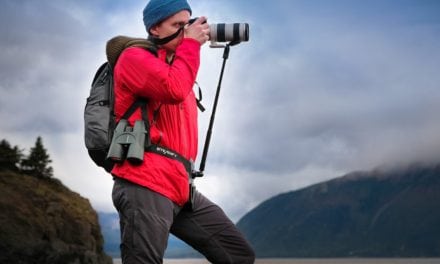An Adventure Story
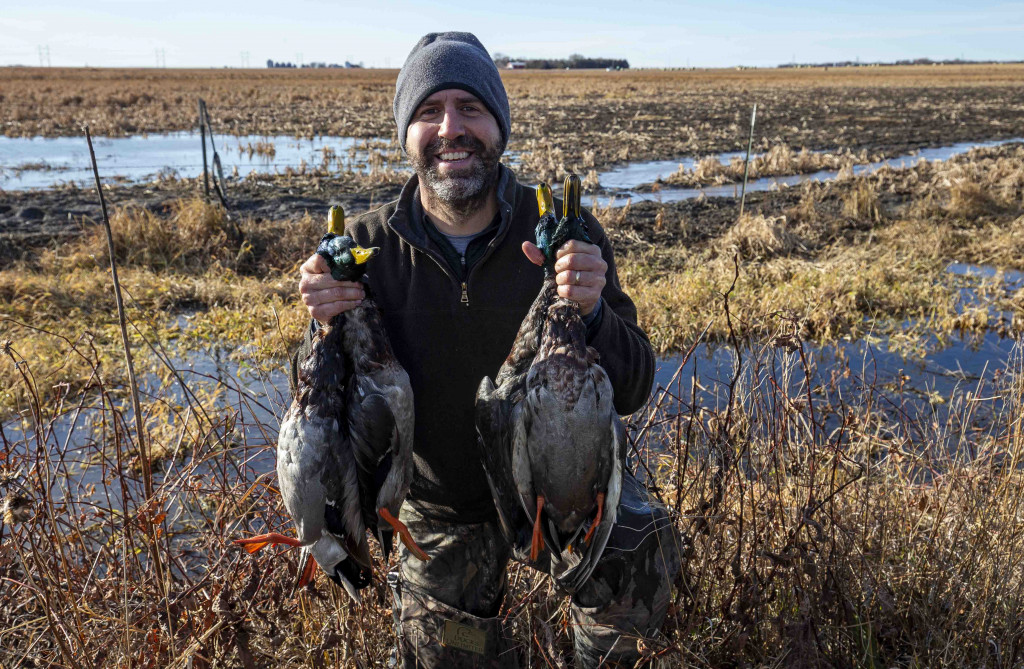
hold special memories for me. It was mind-boggling in every sense of the word, and I couldn’t be more happy I did it.
Story and photos by Jeff Kurrus
I had long wanted to jump-shoot ducks in the Rainwater Basin wetlands. Growing up pursuing this midday passion in Tennessee, I wanted to get back to where it all started for me: slowly working through a slough, ready at any second for a flush. With this goal in mind, I started asking questions to folks who had hunted the area.
“Do that when it’s windy,” one hunter told me. “The birds will be pressed against the vegetation and you’ll have a shot to sneak close.”
“Go during the week if you can,” another said.
“Bring your binoculars,” another told me.
The one thing no one told me, however, and I’ll tell you, is that even though you’re planning to jump-shoot — to stalk — you should always, always carry decoys with you as well. I learned this bit of advice the hard way.
With CRP-MAP atlas in hand, I drove to York, went south on Highway 81, then started riding gravel roads with binoculars in my lap.
I thought what I would do was glass ducks from the road then devise a plan to get to them. As I rode by the first wetland, I didn’t see a single bird. However, while glassing the second wetland, I noticed three mallards flush from the water and then put right back down.
That was exactly what I was looking for. A day that I thought might be ruled by driving gravel roads, which still would have been a fabulous day, had already produced a reason for me to wade through the muck.
Yet, this was when I made my first mistake of the day. Because I now had the level of 12-year-old excitement flooding through me, I jumped out of my vehicle, made a quick plan, and darn near died before ever taking my first shot. Had I taken a five-minute ride around the wetland to see where my easiest access would be beforehand, I could’ve avoided that situation. Instead, I threw on my waders, hunting vest and, with gun in hand, walked south of the wetland where the birds were.
“I’ll just work my way through the cattails until I get to the other side,” I thought. Man, I was wrong.
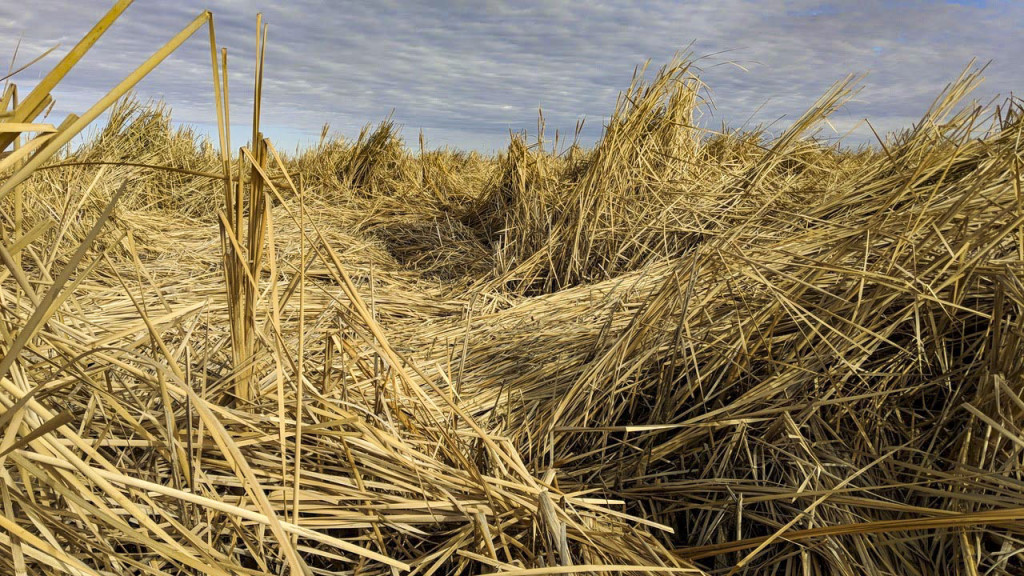
I started making my way through the cattails, as I had planned, but by the time I figured out that it was a terribly bad idea, I was too far in to turn around. I have never seen thicker cattails, ones where I had to lift my legs to my chest for every step before taking another. I began using my empty shotgun as a walking stick. I contemplated climbing to the top of a clump of cattails and rolling across them, uncaring of how wet I would get.
I even turned around and checked to see how much daylight I had. It was 11 a.m., and I thought it was 50/50 that I would make it to the other side of the cattails before nightfall. Plus, I was getting dehydrated. All the while ducks continued to quack from the other side of the worst walk of my life — and that’s saying something for some of the places I’ve hiked through.
After checking my Onyx app, a must when looking to see what lands are available to hunt, I became even more frustrated as it told me that I should be out of the cattails. My legs were shaking and burning from fatigue.
Finally, I made it into a clearing. I was past it. Without a duck in sight, I quietly loaded my gun and began to ease my way west down the line of cattails.
A hen pintail flushed, no more than 20 yards away, and I muffed the shot. Suddenly, a near-deafening “whoosh” filled the air to my left. When I turned, my mouth was agape as more than 300 mallards burst into the air. The sounds of wings and calls filled my world as I pointed toward the great flock as it buzzed over me. Yet there were so many that I couldn’t even pick out a bird.
I quickly sloshed my way through the ankle-high water toward a patch of grass on the edge of the cattails, then ducked in to see what would happen next. If I had decoys, this was when I could have quickly done some real damage.
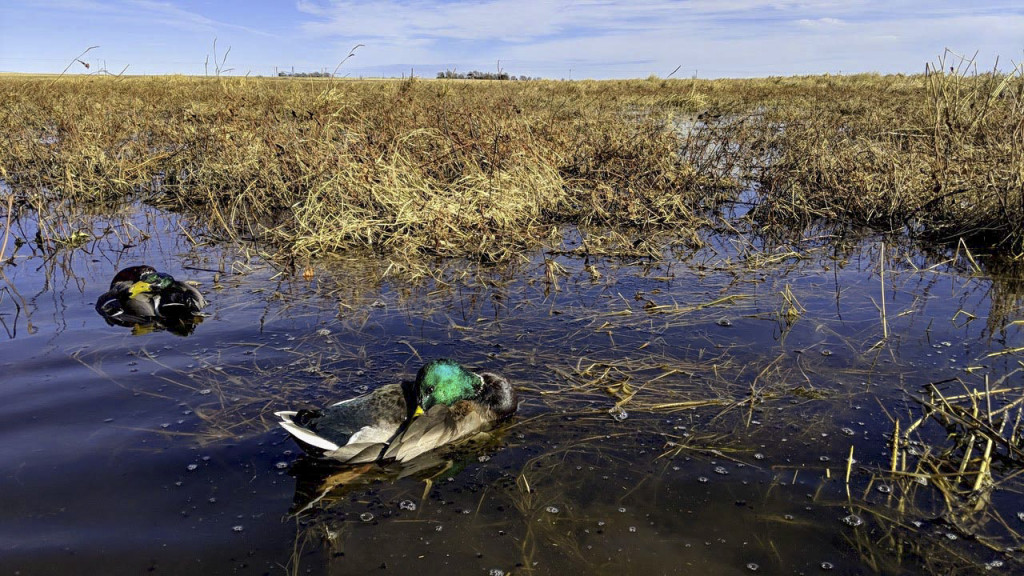
Luckily, they didn’t need decoys to sit back down, and for the next 20 minutes, I watched greenhead after greenhead cup its wings toward the water. I was so awestruck that I didn’t even think of raising a camera to photograph or shoot video. I’m not sure I’ve ever been that mesmerized while hunting before.
When they all finally sat back down, I didn’t know what to do. Sixty yards away, they were not in shooting range and there was nothing between us. So I took a chance. I stood up and slowly walked toward them, knowing that the overwhelming majority of ducks would flush — which they did almost immediately.
However, because I’ve spent a lifetime jump-shooting ducks and mourning dove, I knew that every bird wouldn’t get up. There is always one.
This time, it was a greenhead that let me get to 20 yards before he flushed from behind a clump of grass. He was my first duck of the day.
I grabbed him, as ducks continued to circle the entire wetland, and placed him in the biggest patch of open water I could find — an area no wider than a backyard swimming pool, and hid in the same cattails that tried to kill me earlier. A minute later, a lone drake cupped his wings straight toward my “decoy.” Soon after, I had two decoys sitting in that same open water.
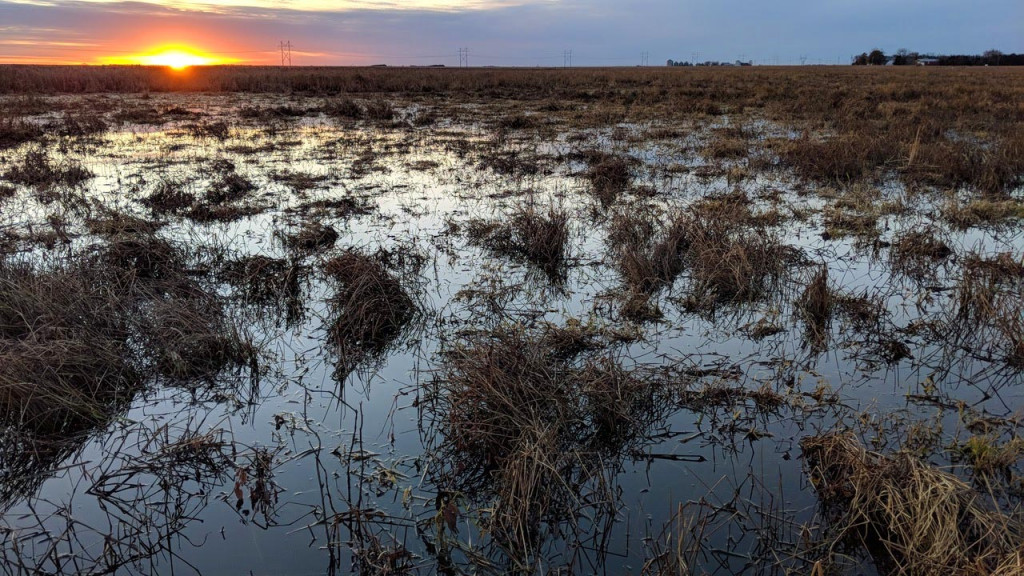
The flat terrain and shallow water were not indicative of how difficult a hunt it was. Photo by Jeff Kurrus.
The birds continued to work the wetland for the rest of the afternoon. Eventually, I had to make the longest 300-yard walk I’ve ever made because my legs were cramping with every step, and I was in dire need of water.
Once I was able to hydrate, I returned to where I had shot the mallards so I could photograph the sunset. As I did just that, I watched duck after duck roost in those same cattails.
I planned to go back the following morning, yet a blizzard ripped through central Nebraska overnight, covering the wetlands and freezing the ground. Hard-headed, I went the next day, hoping that the water was still open. And even though it wasn’t, and there wasn’t a duck in the air, it forced me to do something very important when hunting the Rainwater Basin. I kept driving gravel roads to find other publicly accessible wetlands. I found more than I could ever need.
One of the most exciting adventures of my hunting life occurred less than 300 yards from a gravel road in sight of farmsteads and within earshot of blacktop. But when those mallards erupted from the water, there wasn’t another sound in the world. ■
The post Jump-shooting the Rainwater Basin appeared first on Nebraskaland Magazine.

